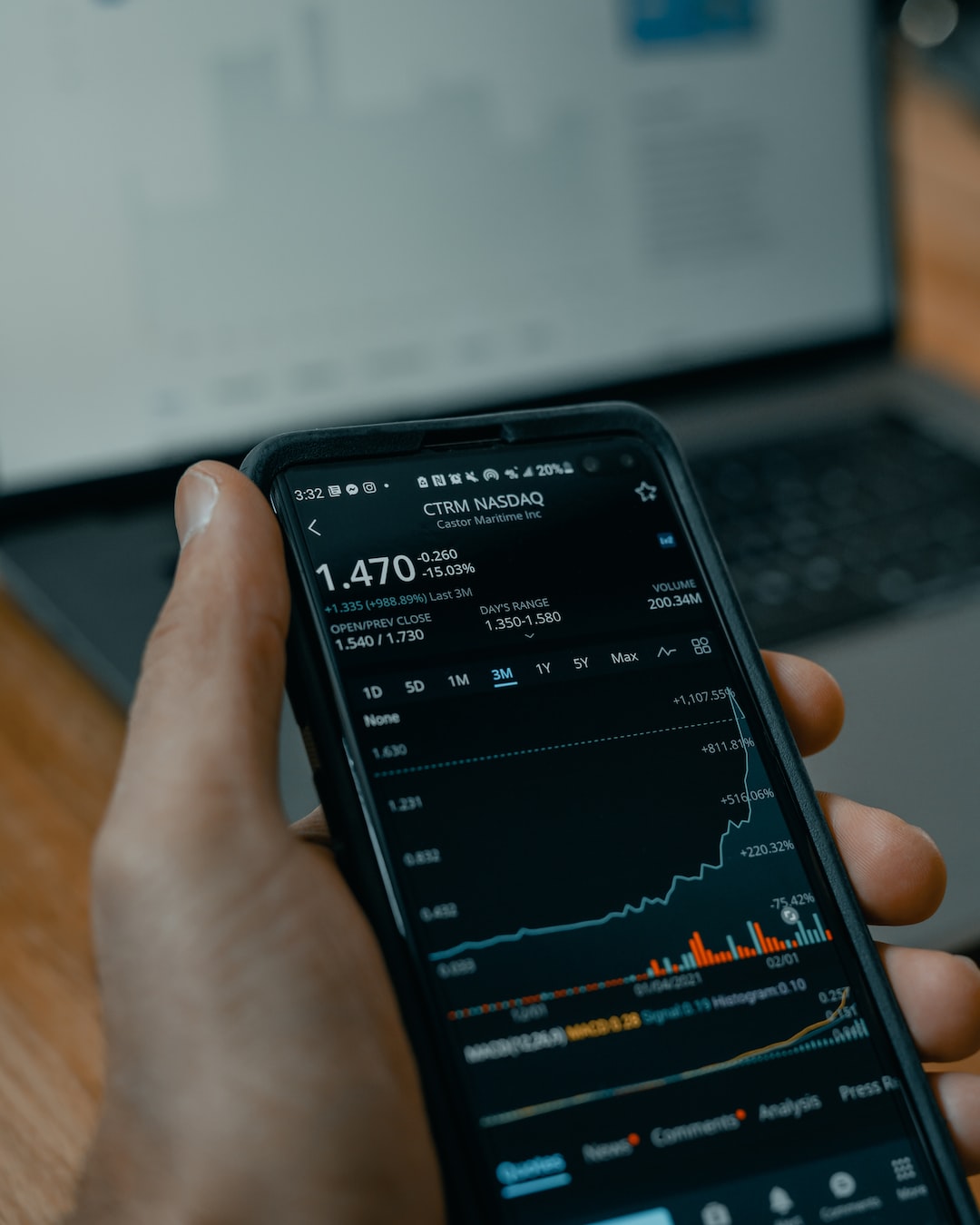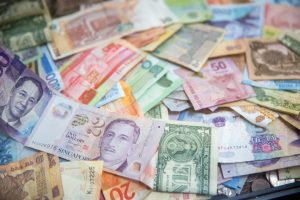Forex trading is the buying and selling of currencies in the global market. It is a highly liquid market that operates 24 hours a day, five days a week. Forex trading is important for banks as it is one of the key ways they generate revenue. Banks use forex trading to facilitate international trade, provide liquidity, and generate profits. In this article, we will discuss how banks trade in forex.
The forex market is a decentralized market, meaning that there is no central exchange. Banks trade in the forex market through a network of interbank markets where they buy and sell currencies. Banks have access to the interbank market through their own trading platforms or through third-party platforms. These platforms allow banks to trade currencies in real-time, and they provide access to market data and analytics that help banks make informed trading decisions.
Banks trade in forex to facilitate international trade. When a company in one country wants to buy goods or services from a company in another country, they need to exchange their respective currencies. Banks act as intermediaries in this process. They buy the currency of the country where the buyer is located and sell the currency of the country where the seller is located. This allows the buyer and seller to complete the transaction without having to worry about currency exchange rates.
Banks also use forex trading to provide liquidity. Liquidity is the ability to buy and sell an asset quickly without affecting its price. Banks, as major players in the forex market, provide liquidity by buying and selling currencies at market rates. This makes it easier for other market participants, such as corporations and hedge funds, to buy and sell currencies without affecting the exchange rate.
In addition to facilitating international trade and providing liquidity, banks also use forex trading to generate profits. Banks make profits by buying currencies at a lower price and selling them at a higher price. They do this by analyzing market trends and making informed trading decisions. For example, if a bank expects the value of a currency to increase, it will buy that currency in the hopes of selling it later at a higher price.
Banks also use forex trading to hedge against currency risk. Currency risk is the risk that the value of a currency will change in a way that negatively affects the bank’s financial position. Banks can hedge against currency risk by taking positions in the forex market that offset their exposure to currency risk. For example, if a bank has loaned money to a company in another country, it can hedge against currency risk by buying the currency of that country.
Banks trade in forex using a variety of financial instruments. The most common financial instrument used in forex trading is the spot market. The spot market is where currencies are bought and sold for immediate delivery. Banks also trade in the futures market, where currencies are bought and sold for future delivery at a predetermined price. Another financial instrument used in forex trading is options. Options give the buyer the right, but not the obligation, to buy or sell a currency at a predetermined price at a future date.
In conclusion, banks trade in forex to facilitate international trade, provide liquidity, generate profits, and hedge against currency risk. Banks have access to the interbank market through their own trading platforms or through third-party platforms. They use a variety of financial instruments, including the spot market, futures market, and options, to buy and sell currencies. Forex trading is an important part of the banking industry, as it generates revenue and helps banks meet the needs of their clients.






